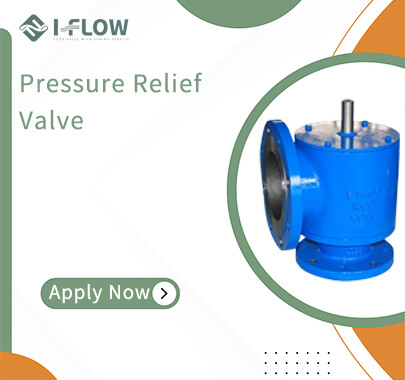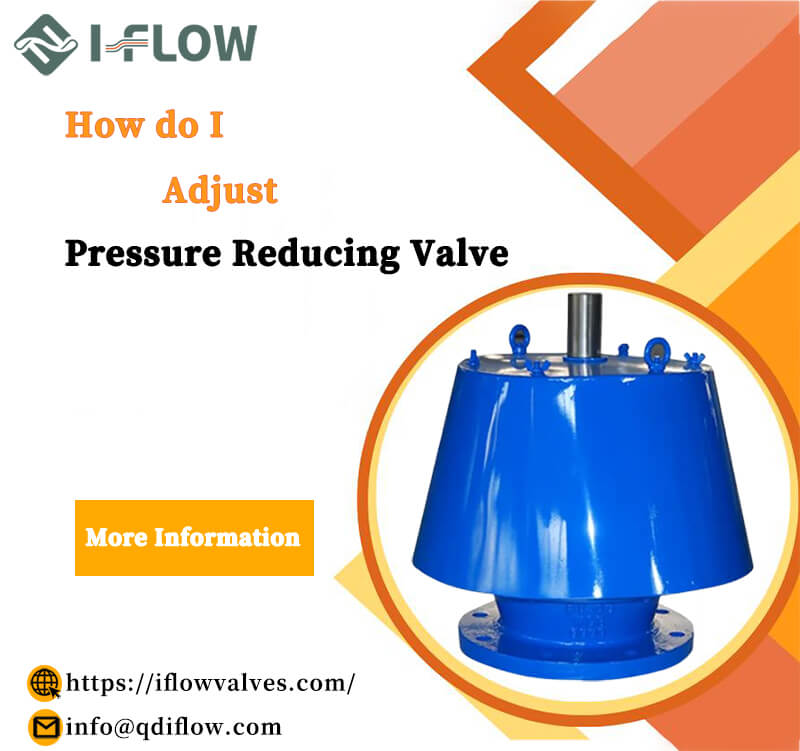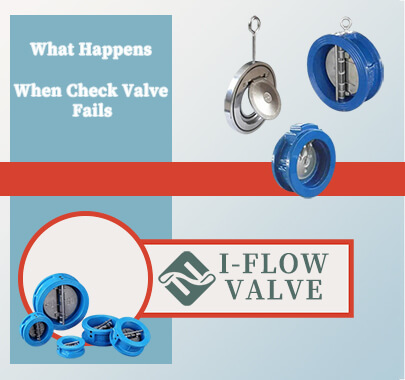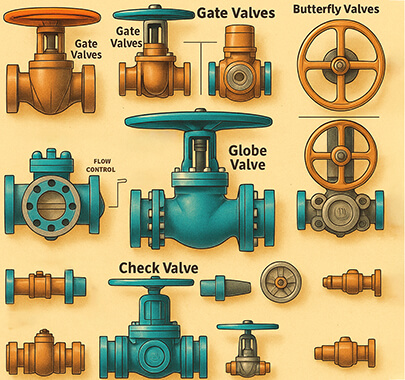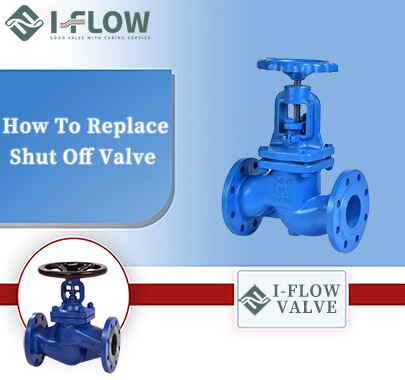Understanding the Components and Functionality
A pressure relief valve consists of key components such as a spring, disc, and seat.
The spring provides the tension needed to keep the valve closed under normal conditions.
The disc acts as a movable barrier that opens or closes depending on the pressure level.
The seat forms a seal with the disc, preventing leakage when the valve is closed.
When system pressure exceeds the set pressure, the force exerted by the fluid overcomes the spring tension. This lifts the disc, allowing excess pressure to escape. Once the pressure normalizes, the spring pushes the disc back onto the seat, sealing the valve.
Understanding this mechanism is crucial, as the adjustment directly affects how the spring responds to pressure changes.
Step-by-Step Guide to Adjusting the Pressure
1. Prioritize Safety
System Shutdown: Ensure the system is turned off and depressurized before attempting any adjustments.
Protective Gear: Wear safety gloves, goggles, and other personal protective equipment to guard against accidental pressure release.
Environment Check: Work in a controlled environment to minimize risks.
2. Locate the Adjustment Mechanism
Most pressure relief valves feature an adjustment screw or knob, typically situated under a protective cap on the valve body.
Carefully remove the cap, exposing the adjustment mechanism.
3. Identify the Desired Set Pressure
Refer to the system’s design parameters or the manufacturer’s specifications for the correct set pressure. This value is often slightly below the maximum allowable working pressure (MAWP) to ensure safety.
4. Make the Adjustment
Increasing the Set Pressure:Turn the adjustment screw clockwise to compress the spring, increasing the pressure needed to open the valve.
Decreasing the Set Pressure:Turn the adjustment screw counterclockwise to reduce spring tension, lowering the set pressure.
5. Verify the Adjustment
Gradually reintroduce pressure into the system using a pressure pump or a controlled pressure source.
Observe the system’s pressure gauge closely to determine the exact point where the valve begins to open.
If the valve opens at a pressure higher or lower than intended, fine-tune the adjustment screw and recheck the performance.
6. Lock and Secure the Setting
Once the correct set pressure is achieved, secure the adjustment by tightening the lock nut on the screw, if present.
Replace the protective cap to prevent tampering or environmental damage, ensuring long-term reliability.
Considerations for Optimal Adjustment
Compatibility with System Parameters:The valve's set pressure must always align with the system’s MAWP to avoid equipment failure or hazardous conditions.
Environmental Conditions:For systems operating in extreme temperatures or corrosive environments, ensure the valve materials and settings are suited for such conditions.
Regulatory Standards:Verify that the PRV complies with industry standards and local safety regulations, as improper adjustments can lead to non-compliance.
Testing Conditions:Perform adjustments under conditions that closely mimic the actual operating environment. This ensures the valve functions as intended during real-world scenarios.
Advantages of Proper Pressure Setting
1. Enhanced Safety
By ensuring the valve opens at the precise pressure, you prevent overpressure situations, which could otherwise lead to catastrophic failures or injuries.
2. System Longevity
Correctly adjusted PRVs reduce wear and tear on system components, promoting durability and minimizing maintenance needs.
3. Operational Efficiency
When pressure is maintained within optimal limits, the system performs more efficiently, conserving energy and reducing operational costs.
4. Regulatory Compliance
Proper adjustment ensures adherence to safety standards and guidelines, safeguarding against legal or operational penalties.

.png)
 en |
en |









